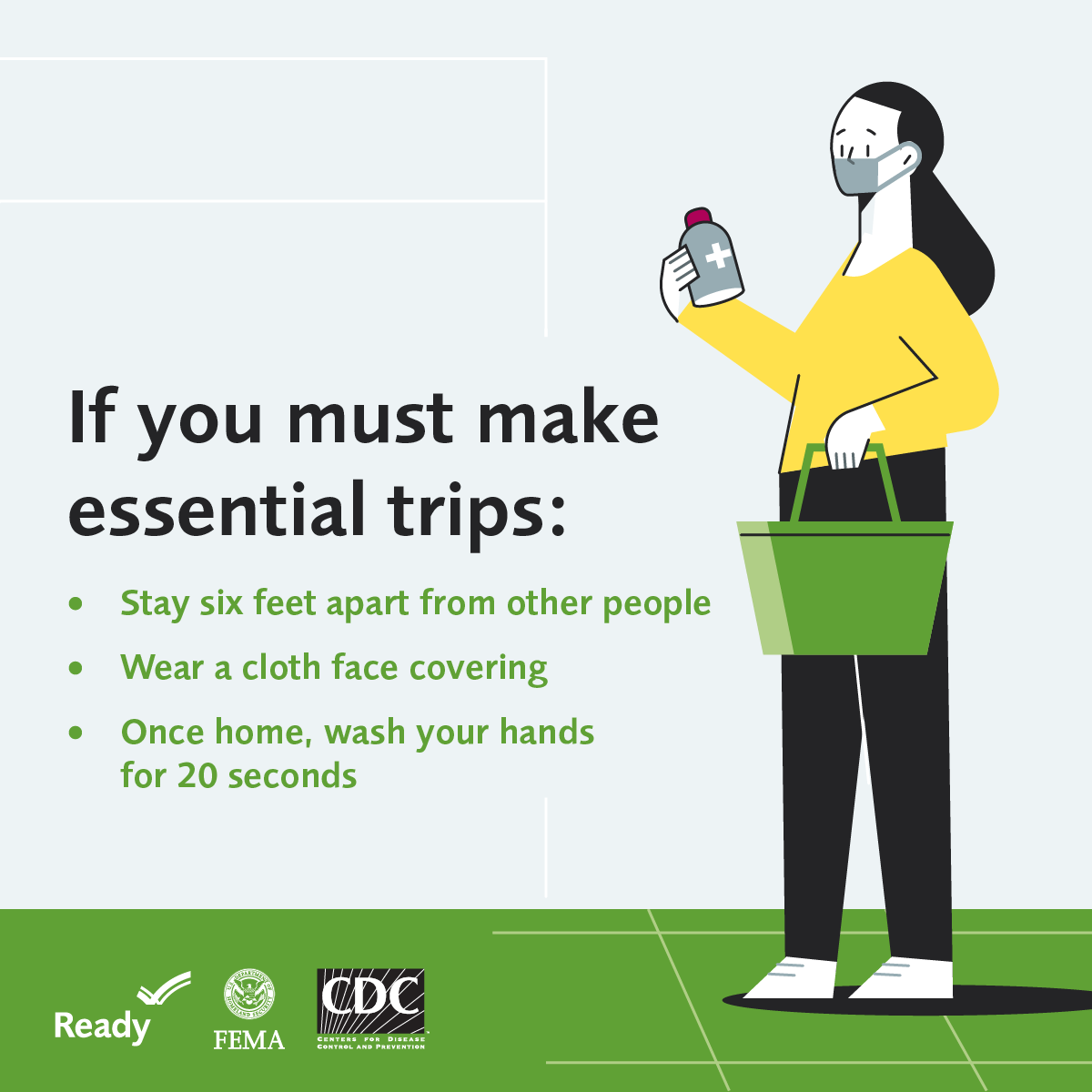New analysis
from URI professor examines stay at home trends
 A
new analysis by a University of Rhode Island professor finds that Gov. Gina
Raimondo’s stay-at-home order, in combination with the state of emergency
declaration, increased news flow and other safety precautions were effective in
keeping a large number of Rhode Islanders home during the height of the
pandemic locally.
A
new analysis by a University of Rhode Island professor finds that Gov. Gina
Raimondo’s stay-at-home order, in combination with the state of emergency
declaration, increased news flow and other safety precautions were effective in
keeping a large number of Rhode Islanders home during the height of the
pandemic locally.
Michael
DiNardi, assistant professor of economics, analyzed aggregated anonymous mobile
device GPS location data from SafeGraph, Inc., and Google Community Mobility
Reports to measure how much time Rhode Islanders were spending at home.
“There
were a lot of researchers looking at how stay-at-home policies and other
measures across the country were working to keep people at home and as a
measure of social distancing,” said DiNardi, who wrote the analysis as part of
the University’s Social Science Institute
for Research, Education, and Policy spotlight on COVID-19.
“I wanted to look at this more specifically in the context of Rhode Island given that we were one of the first states to lock down in a major way.”
“I wanted to look at this more specifically in the context of Rhode Island given that we were one of the first states to lock down in a major way.”
DiNardi
divided the data into three periods for analysis: (1) before the governor’s
emergency declaration (Feb. 1-March 8), (2) from emergency declaration to the
stay-at-home order (March 9-27) and (3) since the stay-at-home order (March 28-
May 7).
He
found a precipitous rise in the SafeGraph data in the percentage of Rhode
Islanders staying home following the state’s emergency declaration on March 9.
Prior to the state of emergency, between 20 and 25 percent of mobile devices in
the state did not leave home on a given day.
In
fact, the percentage at home slightly declined in the weeks prior to March 9 –
likely a result of warming temperatures through February and into March.
Following
the state of emergency, there was a sharp but steady increase – up to nearly 40
percent of devices remaining at home on a given day between March 9 and March
27. After the stay at home order on March 28, DiNardi found a small jump to
approximately 45 percent, followed by a leveling off.
“What
this shows is that following the state of emergency declaration, people were
taking this pandemic seriously and – for those who could – they started to make
the decision to stay home. Likewise, businesses were also beginning to shut
down or allowing people to work from home,” said DiNardi. “And this was
happening prior to the stay-at-home order on March 28.”
According
to DiNardi, Google data showed a similar pattern in terms of the amount of time
people were spending at home over and above the amount of time spent at home
during the month of January.
Prior to the stay-at-home order people were spending about 20 percent more time at home relative to the January baseline, with that percentage increasing significantly after the March 9 state of emergency declaration until hitting a level off point after March 28.
Prior to the stay-at-home order people were spending about 20 percent more time at home relative to the January baseline, with that percentage increasing significantly after the March 9 state of emergency declaration until hitting a level off point after March 28.
“It
is hard to make a definitive statement on what contributed most to people
staying at home in Rhode Island. The impacts of the state of emergency
declarations and stay-at-home orders are tough to pull apart from what else is
happening– people are watching the news, they are taking things more seriously,
and businesses are making decisions about reducing their workforce and working
from home,” said DiNardi.
In
terms of the relative effectiveness of stay-at-home orders, DiNardi noted their
purpose extends beyond just encouraging people to physically stay home.
“Some
people might argue stay-at-home orders are government overreach or that it
wasn’t necessary given the increase of people staying home after the state of
emergency declaration – but the stay-at-home order was likely effective in
reinforcing social attitudes and perspectives on staying home.”
This seems to have held even as the state has begun to gradually reopen. Since May 7, DiNardi says the percentage of people staying at home has dropped off some but as of mid-June was still hovering around 40 percent according to the data – though it is expected for that to begin to trend down slightly.
“I
was concerned we might see a big jump following the lifting of the stay-at-home
order,” said DiNardi. “Even with the reopening and recent protests, it appears
that people got the message and continue to practice distancing.”
DiNardi
noted the limitations of the data and cautioned that the information gathered
through mobile devices is not perfect.
“This
is only one way to measure social distancing,” said DiNardi. “And it could be
considered the most extreme form of social distancing. But as we have learned
more about ways to manage or minimize risk, we now know that there are ways we
can social distance and take measures to protect ourselves and others, while
also leaving the house.”